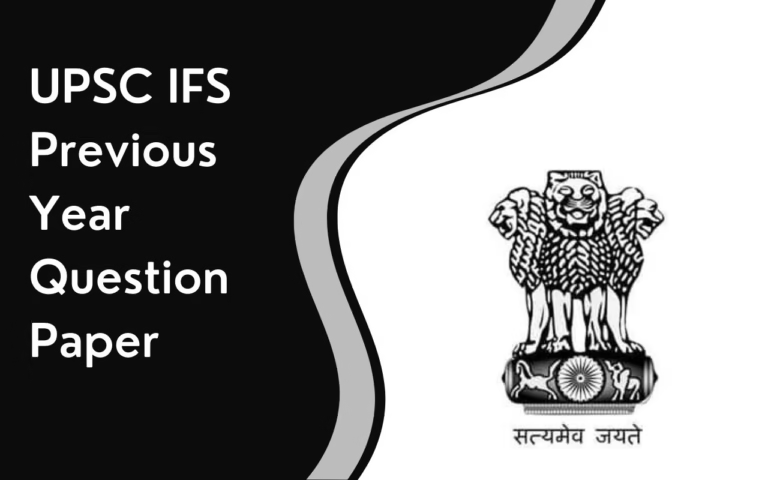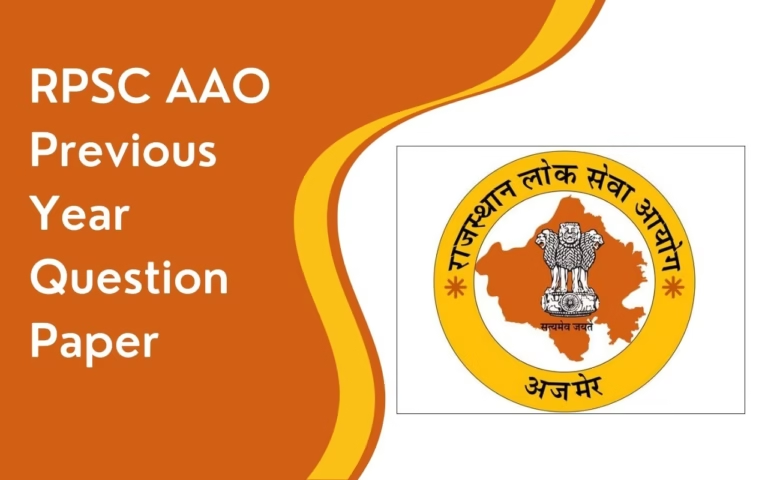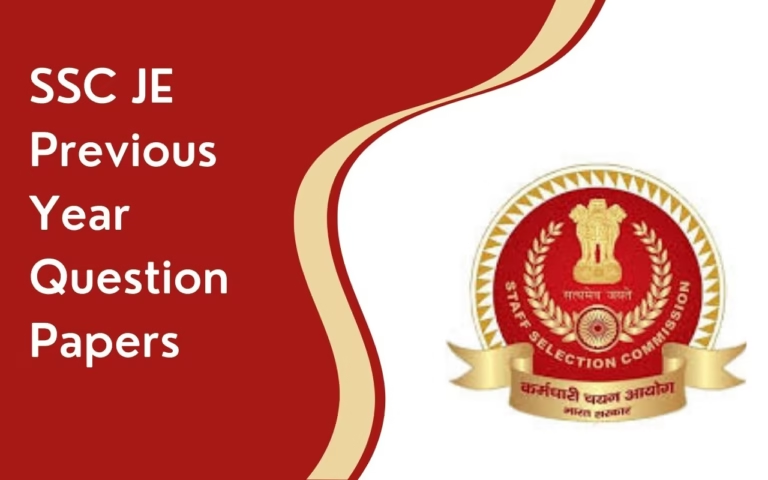When we think of brilliant minds in Indian mathematics, the name Ramanujan naturally comes up. Born in 1887, Srinivasa Ramanujan was a self-taught genius whose ideas changed the way the world looks at numbers.
He had no formal training in advanced math, yet his deep thinking and endless curiosity led to discoveries that still inspire scientists and mathematicians today.
Ramanujan’s Early Life and Family
Ramanujan was born on 22 December 1887 in Erode, a small town in Tamil Nadu, India. He came from a Tamil Brahmin Iyengar family. His father, Kuppuswamy Srinivasa Iyengar, worked as a clerk in a sari shop, while his mother, Komalatammal, was a homemaker who also sang devotional songs at a local temple.
Shortly after his birth, the family moved to Kumbakonam, where Ramanujan spent most of his childhood. Life was simple and modest, but even at a young age, he showed a natural love for numbers.
Ramanujan’s Marriage
Ramanujan got married to S. Janaki Ammal in 1909. It was an arranged marriage, which was common at the time. Janaki was around 10 at marriage, but moved in with Ramanujan a few years later. Their relationship stayed rooted in tradition and quiet support throughout his life.
Ramanujan’s Education
Here are some key points that offer insight into Ramanujan’s educational journey:
Schooling in Kumbakonam
Ramanujan’s education journey was far from typical. He began school in Kumbakonam around the age of 10 and quickly stood out for his talent in mathematics. He studied at the Town High School in Kumbakonam, located in the Thanjavur district of Tamil Nadu, India. While still in school, a friend gave him a trigonometry book by S. L. Loney. Ramanujan didn’t just read it; he understood it completely by the time he was 12.
Discovery of Carr’s Book
When Ramanujan was around 15, he stumbled upon a book that would change his life: A Synopsis of Elementary Results in Pure and Applied Mathematics by G. S. Carr. It wasn’t an ordinary textbook. It was packed with thousands of theorems, most written without explanations or proofs. But that didn’t stop Ramanujan. He dived deep into it, worked through each result, and even started creating new ideas of his own.
College and Scholarship Struggles
Because of his good performance in school, Ramanujan received a scholarship to Government College in Kumbakonam in 1904. But he was so focused on mathematics that he ignored other subjects, which led to him losing the scholarship. The same thing happened when he joined the University of Madras.
His style of learning didn’t fit the regular education system, and he couldn’t complete a formal degree. Still, he continued studying mathematics on his own.
Failed Attempts at University Entry
In 1906, he joined Pachaiyappa’s College in Madras, hoping to pass the First Arts exam, which was necessary for university admission. But once again, he failed in everything except mathematics. Traditional education systems could not match his unique style of learning, but that didn’t stop him from diving deeper into maths on his own.
First Published Work
Even without a degree, Ramanujan continued his research. In 1911, he published a paper on Bernoulli numbers in the Journal of the Indian Mathematical Society. Slowly, his work began to catch attention, especially within Indian academic circles.
Contact with G. H. Hardy
In 1913, Ramanujan wrote a letter to G. H. Hardy, a well-known British mathematician. Hardy immediately recognised his brilliance and arranged support for him. Ramanujan was awarded a scholarship from the University of Madras and was later invited to join Trinity College, Cambridge.
Studies at Cambridge
At Cambridge, Ramanujan finally found the academic support and guidance he had long needed. He worked closely with Hardy, published several significant papers, and earned a Bachelor of Science degree by research in 1916.
Ramanujan’s Career and Notable Contributions
Srinivasa Ramanujan’s career was filled with brilliance, even though he had little formal education in mathematics. His journey shows how pure passion and self-learning can lead to groundbreaking discoveries.
Early Career in India
In 1912, Ramanujan took up a job as a clerk at the Madras Port Trust (now Chennai, Tamil Nadu). While working there, he continued to do mathematics in his free time. His early research, including a paper on Bernoulli numbers published in 1911 in the Journal of the Indian Mathematical Society, started getting noticed among Indian mathematicians.
The Cambridge Connection
In 1913, Ramanujan began writing letters to G. H. Hardy, a leading mathematician at the University of Cambridge in England. Hardy was amazed by his raw talent and invited him to Cambridge.
Ramanujan moved to England in 1914 and started working closely with Hardy. Together, they published several important papers that shook the world of mathematics.
Achievements Abroad
While in England, Ramanujan’s work earned him great respect. In 1918, he became one of the youngest Indians to be elected as a Fellow of the Royal Society, one of the highest honours in science. He was also made a Fellow of Trinity College at Cambridge.
Despite facing serious health problems, he continued to work with great dedication until he returned to India in 1919. Sadly, he passed away the next year, in 1920, at the age of just 32.
Key Mathematical Ideas That Shaped Ramanujan’s Legacy
1. Infinite Series and the Value of Pi
Ramanujan created new formulas using infinite series to calculate the value of π (pi) with incredible accuracy. These methods are still used today in computer-based calculations.
2. Deep Work in Number Theory
He made major discoveries in number theory, especially in how numbers can be broken into parts (partitions), in the study of prime numbers (like Ramanujan primes), and in modular forms, which are used in modern math and cryptography.
3. New Ideas in Continued Fractions
Ramanujan explored continued fractions, which are a way to express numbers using a chain of fractions. His fresh take on them revealed patterns and identities never seen before.
4. Introduction of Mock Theta Functions
He introduced mock theta functions, special mathematical series that puzzled experts for decades. Today, these functions are important in understanding patterns in number theory and are used in advanced math research.
5. Ramanujan Summation Method
Ramanujan developed a way to assign values to certain infinite series that don’t usually add up. This technique, called Ramanujan summation, is now used in mathematical analysis and even in areas of theoretical physics.
Also Read: Aryabhatta: Life, Contributions, and Legacy in Indian Mathematics and Astronomy
A Brilliant Mind Lost Too Soon
Srinivasa Ramanujan passed away on 26 April 1920 at just 32 years old. He suffered from a serious liver infection, likely caused by the untreated dysentery he had earlier in India. For many years, people thought tuberculosis was the cause, but later studies pointed to a chronic liver disease.
His health worsened during his stay in England from 1914 to 1919. The cold weather, wartime food shortages, and his strict vegetarian diet made things harder. He was often in hospitals and faced a lot of physical and emotional stress. In 1917 or 1918, he even attempted suicide, possibly due to depression caused by his illness.
Hoping to recover, Ramanujan returned to India in 1919. Though there was some improvement at first, his health soon declined again. Even in his final months, he continued working on mathematics until he passed away the following year.
A Lasting Legacy Through Ramanujan’s Notebooks
Throughout his short life, Ramanujan recorded nearly 3,900 results in his notebooks. Many of these are still being studied, proving how far ahead of his time he really was. His work continues to inspire mathematicians around the world to this day.
How Ramanujan Is Remembered Today
Ramanujan’s legacy continues to inspire people around the world. In India, his birthday, December 22, is celebrated as National Mathematics Day every year to honour his genius.
His work, like the famous 1729 Hardy-Ramanujan number, partition identities, and mock theta functions, still plays a big role in modern maths, physics, and even computer science.
His old notebooks, including the “lost notebook,” are still helping researchers make new discoveries. Ramanujan’s story has also reached popular culture through books and films like The Man Who Knew Infinity.
Today, he is remembered not just as a brilliant mathematician but as a symbol of natural talent, intuition, and the power of self-belief.
Ramanujan was a brilliant Indian mathematician who taught himself most of what he knew. His ideas in number theory and infinite series changed how we look at math today.
Not really. He had very little formal education in mathematics. Most of what he learned came from his own reading, practice, and natural insight.
He came up with new formulas to calculate π (pi), worked on prime numbers (like Ramanujan primes), continued fractions, mock theta functions, and a method called Ramanujan summation.
In 1913, Ramanujan wrote a letter to G. H. Hardy, a top British mathematician. Hardy saw his genius and helped bring him to Trinity College, Cambridge.
Ramanujan passed away on 26 April 1920 at just 32 years old. His death was likely caused by a long-standing liver infection from untreated dysentery he had earlier in India. Who was Srinivasa Ramanujan?
Did Ramanujan have formal training in math?
What are some of his major contributions?
How did he end up at Cambridge University?
When did he die, and what was the reason?




